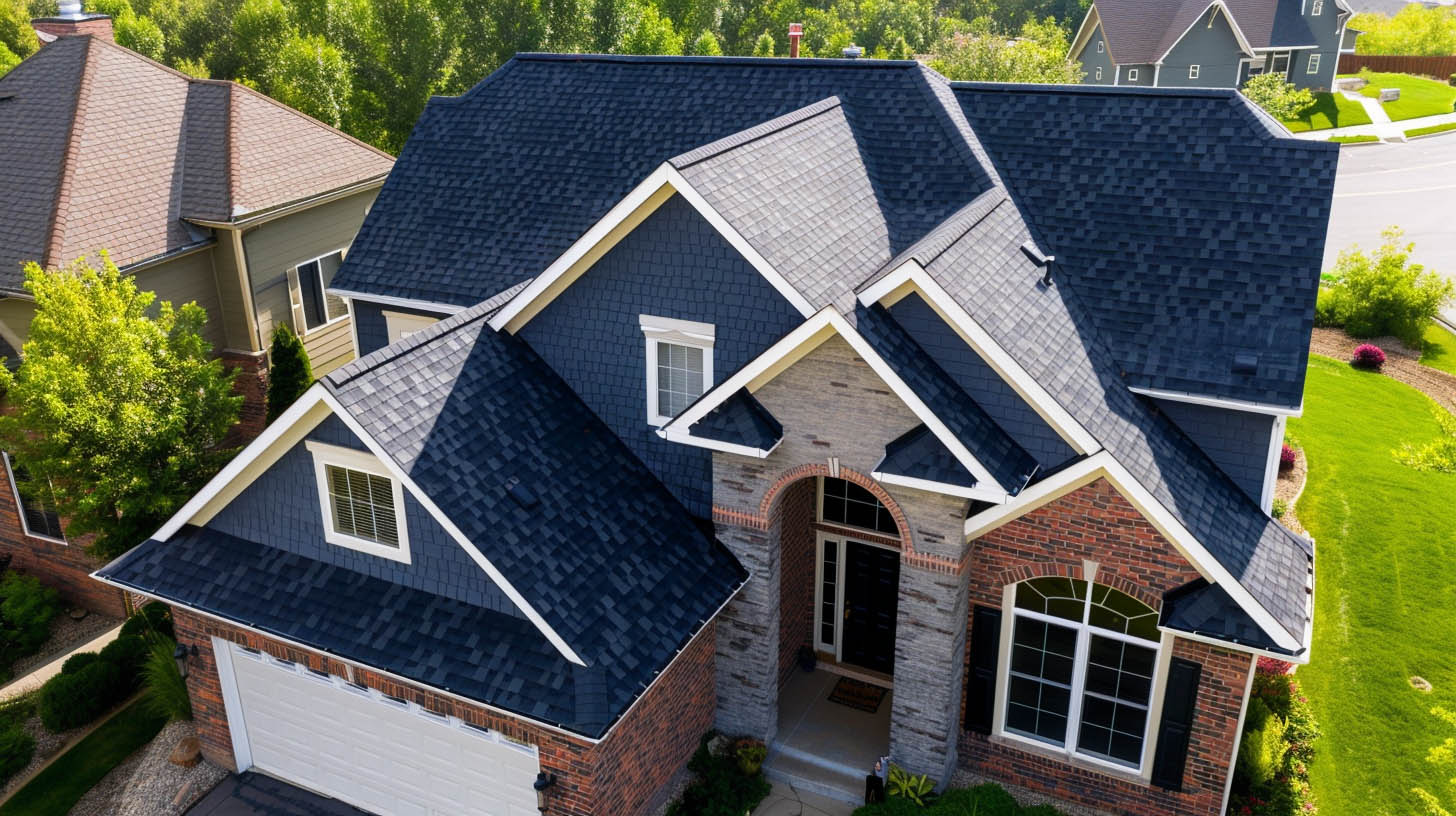Understanding the dynamics of roofing costs is crucial for homeowners and property managers as we approach 2024. The market for roofing is influenced by a myriad of factors including material costs, labor demands, and regional economic conditions. This article delves into these aspects, providing a thorough overview to help you navigate the complexities of roofing investments in the coming year.
Key Factors Influencing Roofing Costs
Material Costs
The choice of materials remains a primary factor affecting roofing costs. Options range from asphalt shingles to metal and tile, each with distinct price points and longevity expectations. Innovations and market fluctuations will continue to influence the prices of these materials. Homeowners should stay updated on these trends to better anticipate budgetary needs.
Labor Considerations
The cost of skilled labor is a significant component of overall roofing expenses. Factors affecting these costs include the availability of skilled professionals and regional variations in wage rates. Ensuring high-quality installation and maintenance is essential for the longevity of your roof, making it crucial to invest in experienced labor despite potentially higher costs.
Roof Complexity and Size
A roof's size and design complexity directly impact the cost of roofing projects. Larger roofs require more materials and time to complete, while complex designs may necessitate specialized skills and tools, increasing the overall expense.
Regional Differences in Roofing Costs
Regional economic conditions play a crucial role in determining roofing costs. Urban areas with higher costs of living typically see higher prices for roofing services compared to more rural areas. Additionally, local weather patterns and environmental conditions can dictate specific material and design requirements, influencing the overall costs.
Strategic Considerations for Homeowners
Homeowners must consider these regional factors when planning roofing projects. Engaging with local experts who understand the specific challenges of their region is vital for accurate budgeting and effective planning.
Cost-Effective Roofing Strategies
Choosing the Right Materials
Selecting the appropriate roofing materials involves balancing cost with performance and aesthetic preferences. Innovations in roofing technology may offer new materials that provide better value over time, even if initial costs are higher.
Timing Your Project
The timing of roofing projects can affect cost. Off-peak seasons may offer lower prices due to decreased demand. Planning your roofing project during these times can lead to cost savings.
Long-Term Investments
Considering the longevity and energy efficiency of roofing materials can result in long-term savings. Higher upfront costs for durable, energy-efficient materials can reduce long-term maintenance and energy costs.
Summit Exteriors: Your Partner in Roofing Excellence
Located in Coeur d'Alene, ID, Summit Exteriors is dedicated to providing top-quality roofing services. Our commitment to excellence and integrity, backed by over a decade of expertise and recognition as the top-rated roofing company in Bonner County for 2023, ensures that your roofing investments are sound and sustainable.
Conclusion
As 2024 approaches, understanding the factors that influence roofing costs is more important than ever. By considering the impact of materials, labor, and regional conditions, and by strategically planning your roofing projects, you can manage expenses effectively. Engaging with reputable professionals like Summit Exteriors ensures that your roofing needs are met with the highest standards of quality and service, providing peace of mind and a solid return on your investment.



